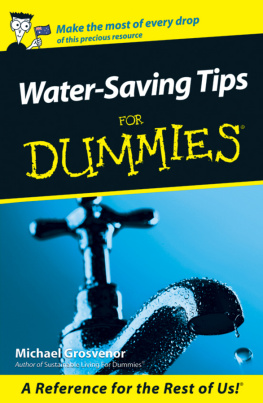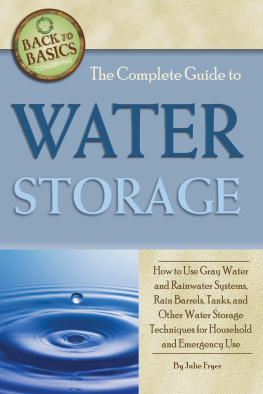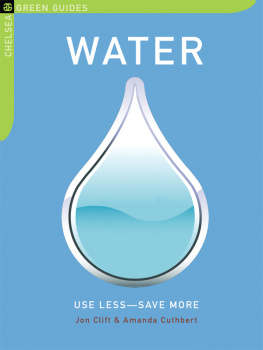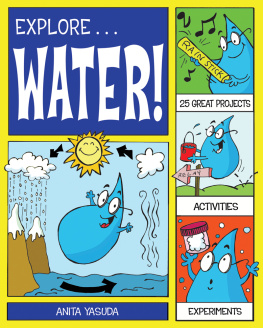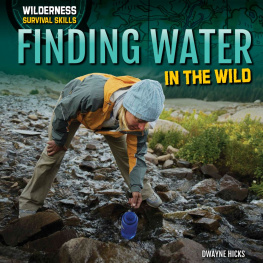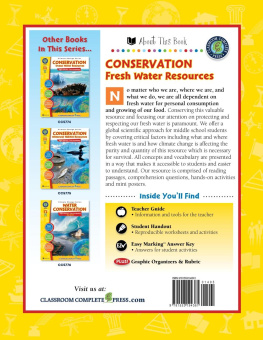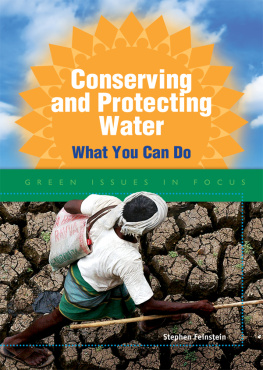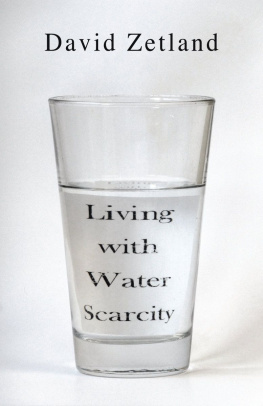About the Author
Paul Dempsey is a DIY mechanic, bike rider, and a former magazine editor. He has written some 30 technical books, most of them about internal-combustion engines.

Copyright 2013 by The McGraw-Hill Companies, Inc. All rights reserved. Except as permitted under the United States Copyright Act of 1976, no part of this publication may be reproduced or distributed in any form or by any means, or stored in a database or retrieval system, without the prior written permission of the publisher.
ISBN: 978-0-07-179423-7
MHID: 0-07-179423-9
The material in this eBook also appears in the print version of this title: ISBN: 978-0-07-179422-0, MHID: 0-07-179422-0.
All trademarks are trademarks of their respective owners. Rather than put a trademark symbol after every occurrence of a trademarked name, we use names in an editorial fashion only, and to the benefit of the trademark owner, with no intention of infringement of the trademark. Where such designations appear in this book, they have been printed with initial caps.
McGraw-Hill eBooks are available at special quantity discounts to use as premiums and sales promotions, or for use in corporate training programs. To contact a representative please e-mail us at bulksales@mcgraw-hill.com.
Information contained in this work has been obtained by The McGraw-Hill Companies, Inc. (McGraw-Hill) from sources believed to be reliable. However, neither McGraw-Hill nor its authors guarantee the accuracy or completeness of any information published herein, and neither McGraw-Hill nor its authors shall be responsible for any errors, omissions, or damages arising out of use of this information. This work is published with the understanding that McGraw-Hill and its authors are supplying information but are not attempting to render engineering or other professional services. If such services are required, the assistance of an appropriate professional should be sought.
TERMS OF USE
This is a copyrighted work and The McGraw-Hill Companies, Inc. (McGraw-Hill) and its licensors reserve all rights in and to the work. Use of this work is subject to these terms. Except as permitted under the Copyright Act of 1976 and the right to store and retrieve one copy of the work, you may not decompile, disassemble, reverse engineer, reproduce, modify, create derivative works based upon, transmit, distribute, disseminate, sell, publish or sublicense the work or any part of it without McGraw-Hills prior consent. You may use the work for your own noncommercial and personal use; any other use of the work is strictly prohibited. Your right to use the work may be terminated if you fail to comply with these terms.
THE WORK IS PROVIDED AS IS. McGRAW-HILL AND ITS LICENSORS MAKE NO GUARANTEES OR WARRANTIES AS TO THE ACCURACY, ADEQUACY OR COMPLETENESS OF OR RESULTS TO BE OBTAINED FROM USING THE WORK, INCLUDING ANY INFORMATION THAT CAN BE ACCESSED THROUGH THE WORK VIA HYPERLINK OR OTHERWISE, AND EXPRESSLY DISCLAIM ANY WARRANTY, EXPRESS OR IMPLIED, INCLUDING BUT NOT LIMITED TO IMPLIED WARRANTIES OF MERCHANTABILITY OR FITNESS FOR A PARTICULAR PURPOSE. McGraw-Hill and its licensors do not warrant or guarantee that the functions contained in the work will meet your requirements or that its operation will be uninterrupted or error free. Neither McGraw-Hill nor its licensors shall be liable to you or anyone else for any inaccuracy, error or omission, regardless of cause, in the work or for any damages resulting there from. McGraw-Hill has no responsibility for the content of any information accessed through the work. Under no circumstances shall McGraw-Hill and/or its licensors be liable for any indirect, incidental, special, punitive, consequential or similar damages that result from the use of or inability to use the work, even if any of them has been advised of the possibility of such damages. This limitation of liability shall apply to any claim or cause whatsoever whether such claim or cause arises in contract, tort or otherwise.
This book is dedicated to Larilla Templeton
who looks after all of us
Mica, Erica, Araceli, Bebe Joel, Ariel, and Ramn.
Contents
DIY Drilling
Introduction
The drought of 2011 that extended from northern Mexico through Texas, Oklahoma and into the Dakotas brought the water crisis home for millions of Americans. But it was not a complete surprise: like a bad lab report or a visit from the IRS, it confirmed something we had long suspected.
Supplies of clean drinking water are becoming increasingly problematic. In 2002, 8% of the worlds population labored under extreme water scarcity, as defined by drinking from sewage-laden ditches, walking for hours a day to communal wells, and similar deprivations. By mid-century, 40% of the world population, or some four billion people, are expected to be in the same predicament. Water will replace oil as the rationale for war. People can live without SUVs and jet travel, but no lifehuman or otherwisecan survive without water.
If climate models are correct, the ambient temperatures in the American Southwest will increase 57F. Warm air holds more moisture, which means that the area will see less rain and the rain that does fall will quickly evaporate. Major river basins, including the Rio Grande, Colorado and Missouri will experience severe reductionssometimes as great as 20%in flow rates. In short, the Southwest will revert to its natural desert state.
According to the American Association for the Advancement of Science, groundwater, which supplies almost a third of the irrigation for agriculture, is being depleted 160% more rapidly than the aquifers recharge. The Ogallala, which contains fossil water left over from the last Ice Age, will be a memory during the lifetime of most readers. Short of some technological miracle, the Great Plains will return to grassland.
The outlook for municipal water supplies is not much better. The last upgrade of these systems occurred during the boom years following the Second World War. Treatment plants and distribution networks have long since exceeded their 50-year design life. While data is hard to come by, it appears that municipal systems lose, on the average, about 30% of the water they pump to leaks. In some cities the figure is 50%.
Older cities in New England and the Midwest have their storm drains cross-connected to sewage lines. Heavy rainsrains that climate change producesoverwhelm the treatment plants, and raw sewage enters the potable water mains.
Water-starved El Paso is one among several American cities that has turned to desalination. Because of the energy requirements, freshwater obtained in this manner costs an order of magnitude more than water obtained from aquifers and surface sources. Other cities are now recycling sewage, which, aesthetics aside, is also an expensive proposition.
Some idea of the desperation that water professionals feel can be had from the schemes they promote. Authorities in Southern California, Arizona, and Nevada have offered funds to build a 50-million gallon per day desalination plant in Playa de Rosaria. None of the plants output would be exported to the U.S. Instead, the Mexican government would renounce some of its claims on Colorado River water.
The Southern Nevada Water Authority is seriously lobbying for a scheme to reduce demand on the Colorado River by recharging the Ogallala with flood waters from the Mississippi and Missouri Rivers. Should this project go through, it would be an engineering feat on par with the Aswan Dam.


